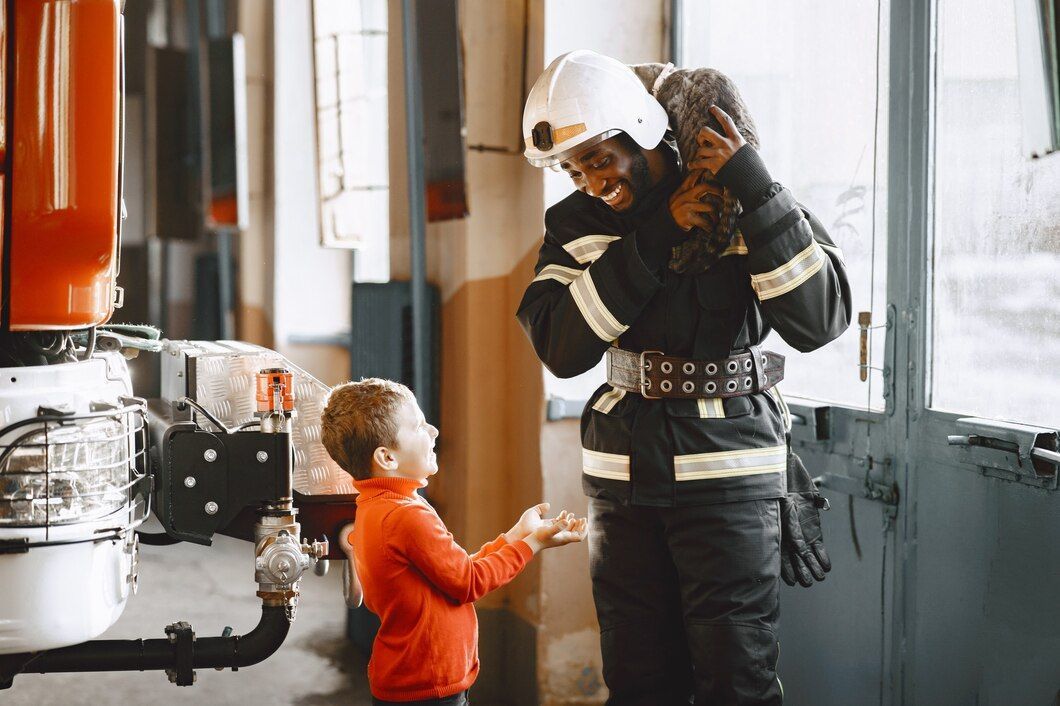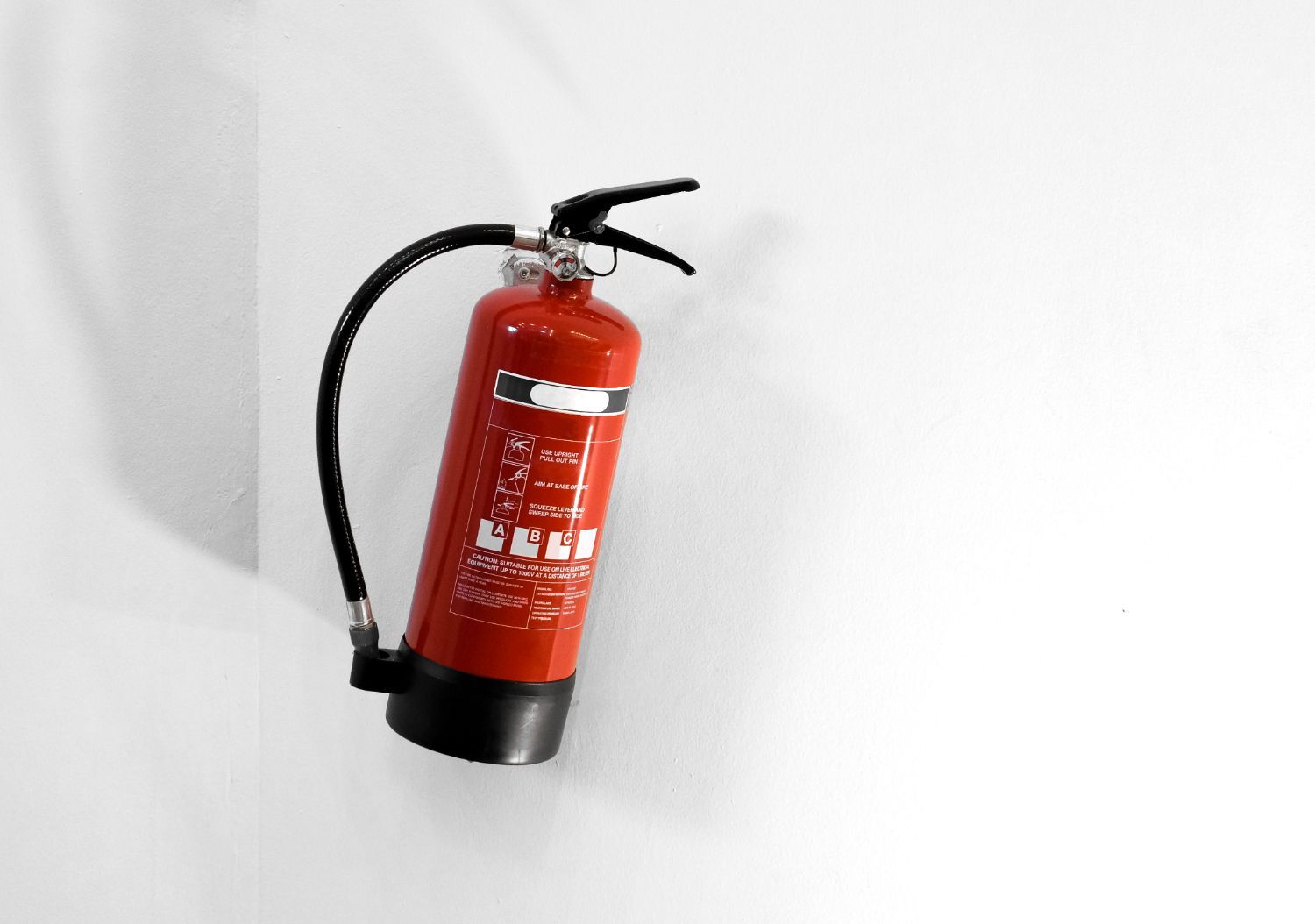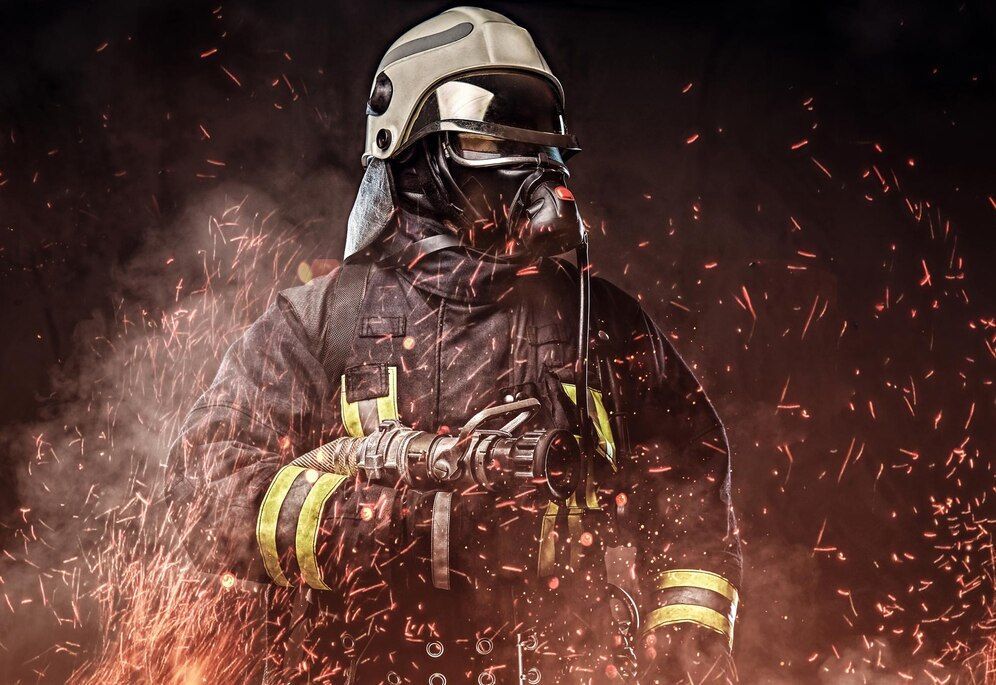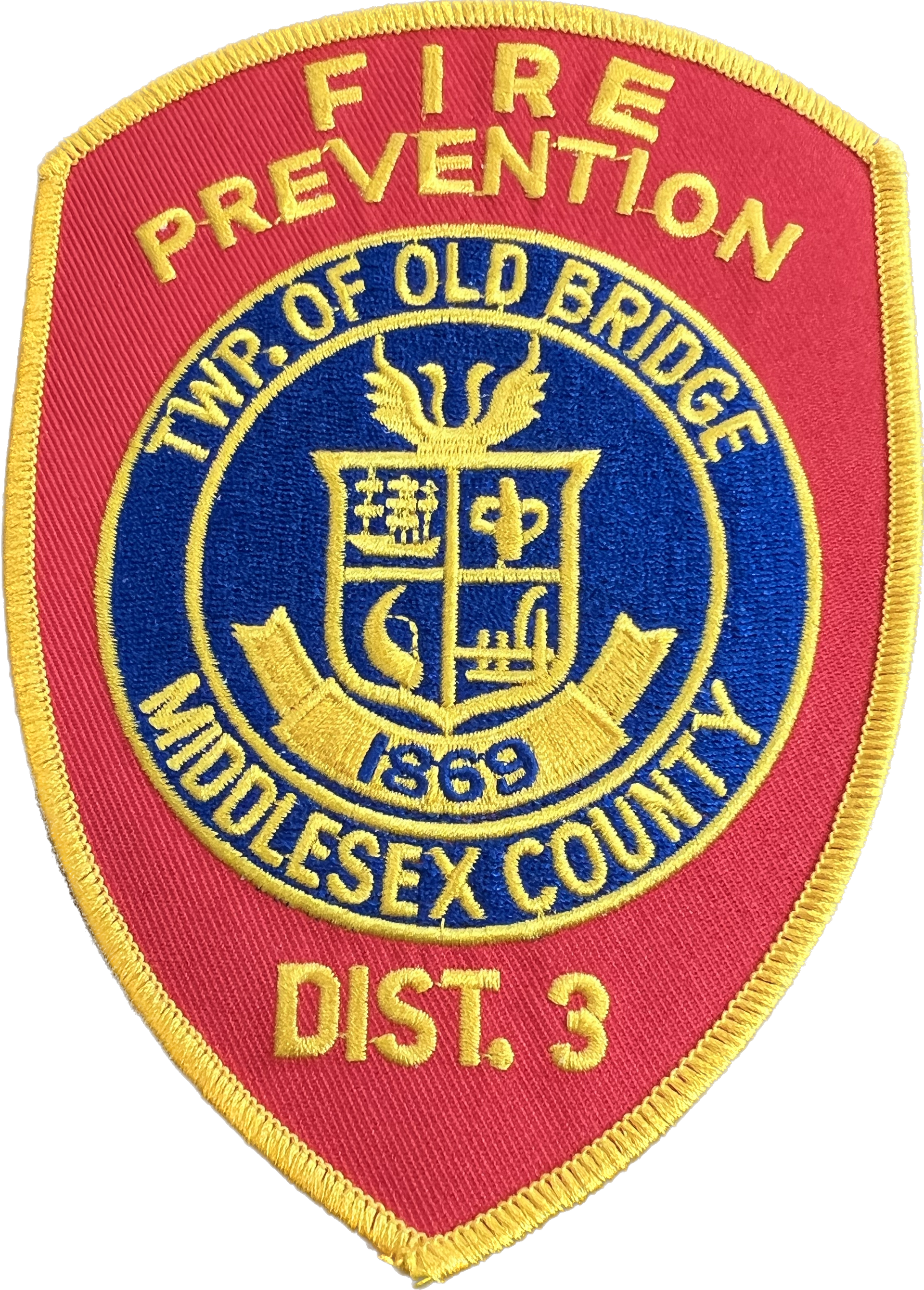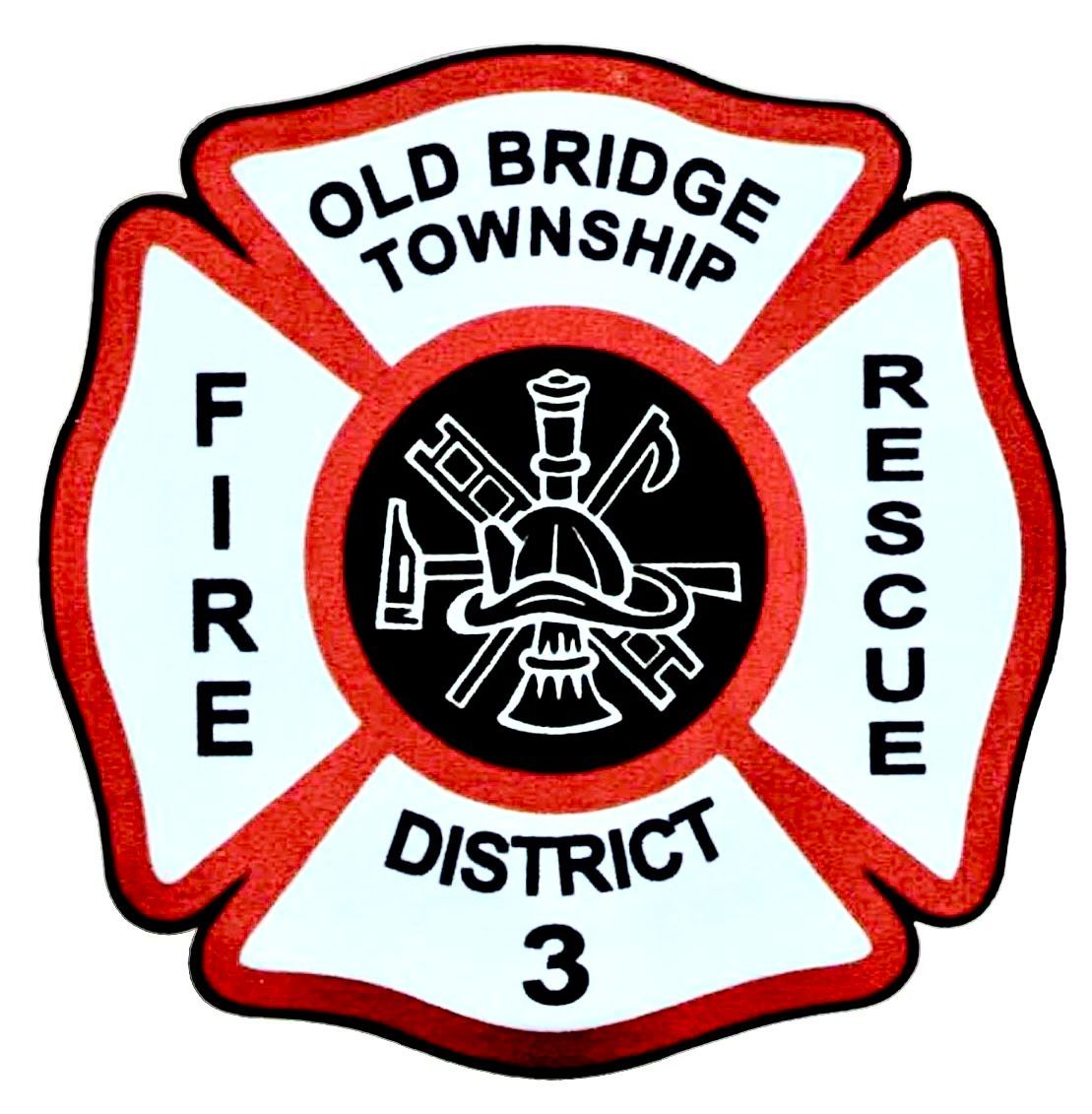Educating Kids on Fire Safety: Empowering a Safe & Resilient Future

As dedicated firefighters and fire protection professionals, we understand that empowering children with knowledge about fire safety is vital for building a safer future. Educating children on fire safety prepares them to take appropriate actions in the event of a fire. It encourages them to develop habits that will contribute to healthier, more fire-safe communities. In this article, we will explore strategies for teaching children about fire safety, including age-appropriate lessons, interactive activities, and practical tips for parents and families.
Children are naturally curious, which can sometimes lead them to unintentionally engage in unsafe behaviors around sources of heat or fire. Additionally, they might need to gain the knowledge or skills necessary to react correctly during an emergency. Teaching children about fire safety can help mitigate these risks and equip them with practical skills and knowledge that they can carry with them throughout their lives.
In the following sections, we will cover age-appropriate fire safety topics and teaching methods, ensuring that children of various age groups receive relevant information tailored to their developmental stage. We will also discuss engagement strategies that help make learning about fire safety both interesting and enjoyable, allowing children to absorb and retain valuable lessons effectively.
Age-Appropriate Fire Safety Topics and Lessons
Understanding the developmental stage of children can help tailor fire safety teachings to their needs. Here are some recommendations on fire safety topics based on age groups:
1. Toddlers (1-3 years): Focus on teaching basic safety rules, such as staying away from hot surfaces, not playing with matches or lighters, and knowing the sound of a smoke detector.
2. Preschoolers (3-5 years): Introduce concepts like "stop, drop, and roll", and emphasize the importance of crawling under smoke while exiting a burning building.
3. School-Aged Children (6-12 years): Teach children to identify two ways out of every room, practice creating a home fire escape plan, and discuss the importance of dialing 911 in the case of an emergency.
4. Adolescents (13-18 years): Discuss fire safety in different scenarios, such as at school, during recreational activities, and while cooking. Encourage teenagers to take responsibility for their fire safety and that of their family and peers.
Interactive Activities to Engage Children in Learning
Creating engaging activities can help make the process of learning about fire safety fun and memorable for children. Here are a few ideas to foster engagement:
1. Fire Drills: Conduct regular home fire drills to practice exit routes and reinforce the importance of staying low under smoke while safely evacuating.
2. Craft Projects: For younger children, create craft projects related to fire safety, like decorating a smoke detector or designing their own fire escape route map.
3. Educational Games: Use age-appropriate games that teach fire safety concepts, such as a memory game involving fire safety rules or a treasure hunt where kids search for fire hazards in the home.
4. Role-Playing Scenarios: Provide children with opportunities to role-play possible fire situations and practice appropriate responses, such as escaping a burning building or calling 911.
Practical Tips for Parents and Families
Parents and families play a significant role in instilling fire safety values and behaviors in their children. Here are some tips to make teaching about fire safety more effective:
1. Lead by Example: Demonstrating responsible and proactive fire safety habits allows children to learn and emulate those behaviors. Ensure that your home has working smoke detectors, a fire extinguisher, and a well-practiced fire escape plan.
2. Open Communication: Encourage children to ask questions and express their concerns about fire safety, helping them better understand and retain the information.
3. Collaborate with Schools: Stay involved with your child's school and inquire about the fire safety education they provide. If possible, volunteer to support school-wide fire safety initiatives or organize events with local firefighters.
Resources for Teaching Fire Safety
There are numerous resources available to assist in teaching children about fire safety:
1. Local Fire Department: Visit your local fire department, where they often provide programs, workshops, and educational materials aimed at empowering children with fire safety knowledge.
2. Online Resources: Websites like the National Fire Protection Association (NFPA) and the U.S. Fire Administration offer educational materials, games, and activities designed to teach fire safety concepts to children of all ages.
3. Public Libraries: Your local library may have books and media that address fire safety education for children, providing a wealth of age-appropriate content to support your educational efforts.
Final Thoughts
Teaching children about fire safety is crucial for ensuring their well-being and empowering them with the knowledge and skills they need to respond effectively during a fire emergency. By tailoring fire safety education to specific age groups, creating engaging activities, and fostering a supportive learning environment, parents, educators, and the broader community can help shape a safer future for the next generation.
At the Board of Fire Commissioners, Fire District 3, Township of Old Bridge, our mission is focused on the safety and protection of the citizens and property in our district, which is why we are committed to fostering a culture of fire safety education.
Explore our website to access even more fire protection, incident response, public education, and fire code enforcement resources. Together, we can teach our children the importance of fire safety and help create safer, more resilient communities for all.

